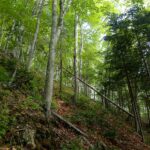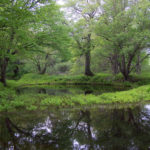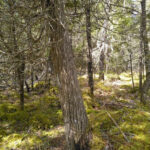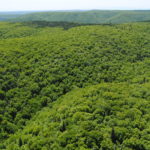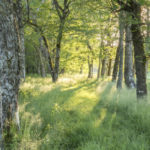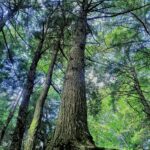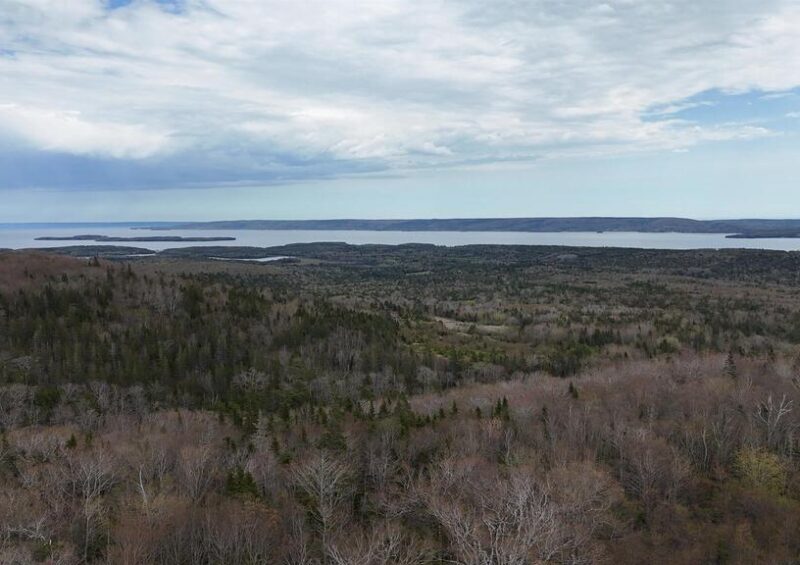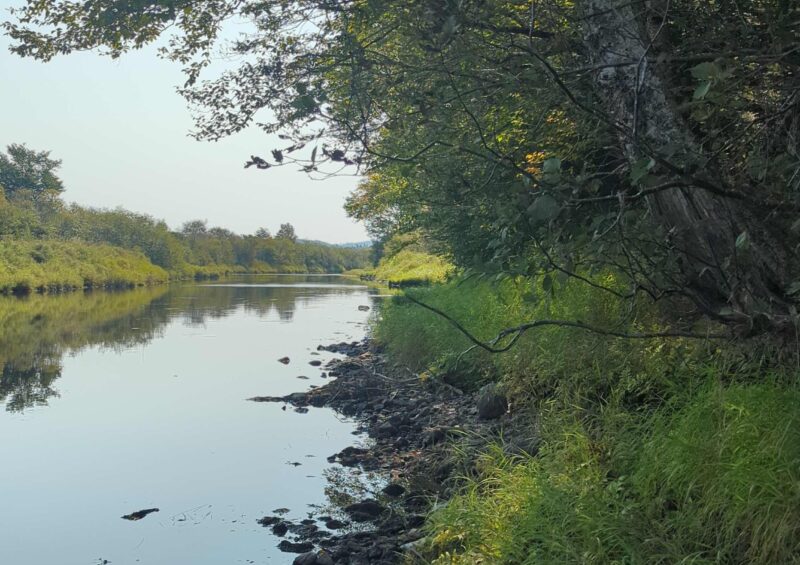A tree is more than just a tree. Trees are the central pillar in our forest ecosystems. They create habitat for countless other plants and animals. Their leaves give us clean air while their roots contribute to clean water. They store carbon and buffer their surroundings from storms. Step into a forest and you’ll be surrounded by life, vibrant and peaceful all at once.
Saving old and unique Forest
We prioritize saving Nova Scotia’s old, unique, and significant forests.
Old forests help maintain the stability of their ecosystems. Daily, seasonal, and extreme weather conditions are buffered by the presence of an established, stable forest. The great diversity of plant species they support provides shelter and sustenance for birds, mammals, and reptiles. The genetic diversity and age of old growth strengthens its ability to withstand storms, fires, diseases, and pest outbreaks – a critical feature as climate change affects forests worldwide. Even as these large trees die and gradually fall to the forest floor, they provide valuable habitat to many species. These fallen trees are often locations of the most biodiversity in the entire forest.
The unique forests under our protection include freshwater floodplain forests, which are critical for watershed health, and karst forests, which flourish in the highly alkaline soil of landscapes shaped by soluble gypsum or limestone. Rare forest types like these house rare species and delicate ecosystems that depend on the stability of very specific conditions in order to thrive.
the wabanaki forest
The Nature Trust and other conservation organizations have begun referring to the Eastern Maritime forest as Wabanaki forest, or Wabanaki-Acadian forest. Wabanaki comes from the Algonquian word Wabanakik, which roughly translates as “dawnland” and encompasses the unceded territory of the Mi’kmaw, Wolastoqiyik, and Passamaquoddy people. The coastal-influenced maritime climate of humid summers and cold winters in this region gives rise to a unique forest mix of northern hardwood and boreal species, now recognized as one of North America’s most endangered forests.
The Nature Trust is committed to meaningful reconciliation with all Indigenous Peoples on whose treaty and ancestral territories we live and work. As we reflect, engage, and deepen our relationships with our Mi’kmaw and other Indigenous partners, you will see us use the original name for the Wabanaki forest along with other Mi’kmaw place names and species names. We invite you to join us on this learning journey.
forests in crisis
Like other critical ecosystems, the forest is at risk.
Less than 1% of the Wabanaki-Acadian forest is in an old-growth state, and over 95% of critical floodplain forests have been destroyed.
Most of the forests we see today are growing back from previous cuts or from land cleared for agriculture. Those that are over 100 years old are mostly found in small isolated stands that are not big enough for wildlife species that require large areas of undisturbed forest, like bears and martens. And many of the remaining old-growth forests are dominated by Eastern Hemlock, which is now threatened by Hemlock Wooly Adelgid (HWA).
In the face of the twin crises of biodiversity loss and climate change, permanent legal protection of the remaining stands is crucial for the unique habitats and biodiversity they encompass, the essential ecological services they provide, and their role as many communities’ cultural and economic backbone.
How You Can Help
To help protect Nova Scotia’s last great forests, you can make a donation or volunteer with us, and sign up for our monthly newsletter to stay connected with Nature Trust news.

